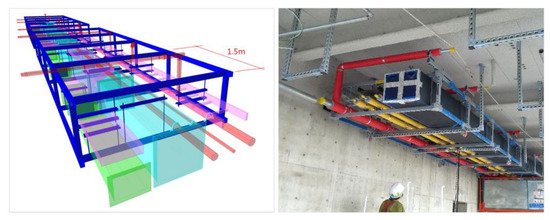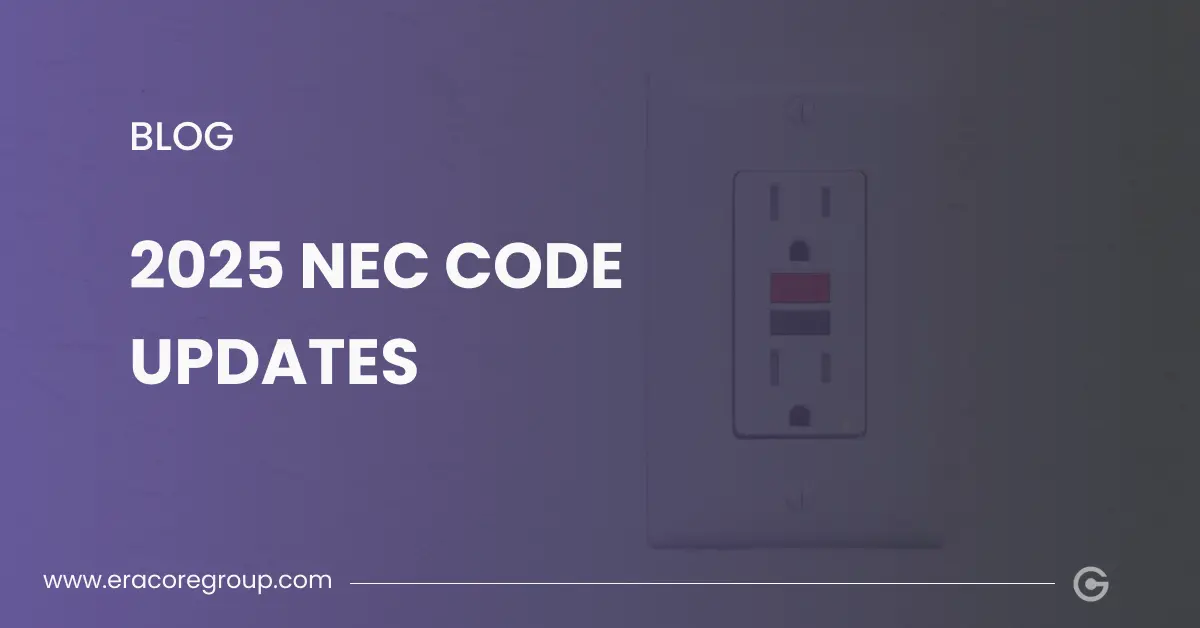In today’s rapidly evolving urban environments, the need for efficient and effective emergency response in high-risk residential buildings has never been more crucial.
Complex plumbing systems are potential catalysts for emergencies—from leaks to catastrophic burst pipes—so having a streamlined and predictive emergency management system is vital.
BIM can reduce emergency response times by 20% to 30% because of enhanced spatial understanding and rapid access to critical building system data, which includes plumbing systems. This reduction is significant in high-risk situations where every second counts.
This article delves into the opinion that Plumbing BIM Services is a transformative tool that is reshaping how we approach emergency preparedness and response in these multi-story dwellings.
Table of Contents
What is Plumbing BIM?
Before delving into the impact of Plumbing BIM on emergency response, it’s essential to understand what Building Information Modeling (BIM) entails. At its core, BIM involves the creation of digital representations of spaces’ physical and functional characteristics.
When applied specifically to plumbing, Plumbing BIM involves the detailed digital modeling of all plumbing systems within a building, from pipes and fixtures to the intricate network of connections and systems that support water distribution and waste management.
How Plumbing BIM Enhances Emergency Preparedness
1. Real-Time Data and Analytics
2. Predictive Maintenance
Predictive maintenance is another significant advantage of Plumbing BIM. Using historical and real-time data, these systems can predict potential failures in plumbing components. This predictive capability means maintenance can occur before a failure happens, preventing water leaks, structural damage, and service interruptions. Having this scheduled foresight allows for better planning and resource allocation for emergency response teams.
3. Comprehensive System Visualization
4. Enhanced Interagency Coordination
Case Studies: Plumbing BIM in Action
Case Study 1: High-Rise Residential Building in Manhattan
The integration of plumbing BIM has transformed emergency preparedness in a high-rise residential complex in Manhattan. This building, which houses over 500 residents, faced challenges due to its age and the complexity of its plumbing network.
By adopting Plumbing BIM services, the building management could regularly assess risk areas and perform preemptive maintenance, significantly reducing emergency incidents.
Case Study 2: Senior Living Community in Miami
In a senior living community in Miami, Plumbing BIM was utilized to improve safety and efficiency. The community is considered high-risk because it is in a hurricane zone.
Plumbing BIM services enabled the application of rigorous predictive maintenance, ensuring that plumbing systems were resilient enough to withstand severe weather conditions, safeguarding residents’ safety and comfort.
Challenges and Limitations
While the benefits are clear, Plumbing BIM implementation has challenges. The transition to BIM requires an upfront investment in time, money, and training. Additionally, existing buildings may need substantial upgrades to their current systems to be compatible with BIM technology.
Moreover, data management can become complex, especially with large-scale buildings producing vast amounts of information. Overcoming these hurdles requires a tailored approach that considers a building’s specific needs and limitations.
Future Perspectives
The future of Plumbing BIM in high-risk residential buildings looks promising as technology and methodologies continue to evolve. Integration with other smart building technologies, such as IoT sensors and AI analytics, could enhance earlier emergency detection and advanced automation in response protocols. As these innovations progress, we can expect even more streamlined, efficient, and safer resident environments.
Conclusion
Plumbing BIM services are essential in proactive emergency response for high-risk residential buildings. By fostering a deeper understanding of plumbing systems through real-time data, predictive maintenance, and comprehensive visualization, these services empower building managers and emergency responders to react to emergencies more effectively and prevent them from occurring in the first place. With urban landscapes expanding and buildings grow more complex, adopting such innovative solutions will safeguard communities and ensure their resilience in the face of unforeseen challenges.
As the demand for safer living environments continues to rise, Plumbing BIM is positioned at the forefront of technological advancements, making our homes smarter and considerably safer.
Switch to Eracore’s Plumbing BIM Services today and take your water management design to perfection, ensuring a future where every drop counts.






